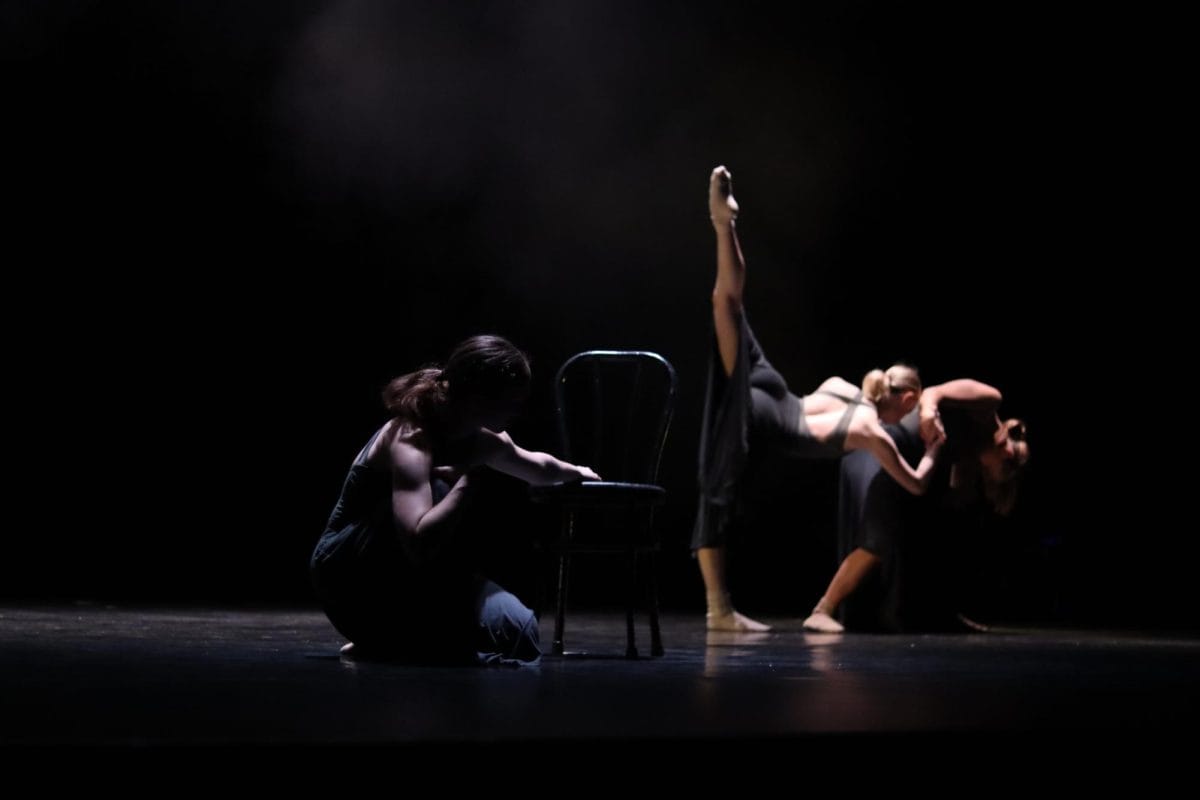After dealing with a bat infestation this spring, Kentuck Art Center is still repairing the damage left behind.
Emily Leigh, the interim director of Kentuck, said the bats were not the main cause of the nearly $11,000 bill the art center racked up. Leigh said the building had many broken windows and a roof with many issues.
“To keep the bats out, you have to seal up all the holes – they can get in a hole the size of a dime,” Leigh said. “We have to close all that up to keep them out.”
In addition to the repairs needed before the bats arrived, Leigh said Bama Exterminating, the company relocating the bats, also did its fair share of damage. She said they took out the drop ceilings, tore out the duct work and severed some wiring.
“[The exterminators] brought in equipment, they made noise and by the time we moved a whole building out, we’d rattled [the bats] a bit,” Leigh said.
Leigh said the exterminators only found three or four bats when they went in, but there was evidence many more had been living there at one point.
While Kentuck urges the bats to relocate, this type of roosting is not uncommon for many bat species.
Michael Steinberg, an associate professor in New College, said bats begin nesting in old buildings because of human activity in their natural habitats.
“The reason bats go to old buildings is because they like old, secluded spaces,” Steinberg said. “That’s why they’re in Kentuck. They like attics where people don’t visit and where it’s quiet and dark most of the day.”
Steinberg, who focuses on environmental conservation and endangered species, said the wild bats often like to make their homes in hollow trees or caves.
“One reason they’re found in buildings like Kentuck or on campus is because there aren’t that many big, hollow trees left, and caves are often disturbed by people,” Steinberg said. “Bats have sort of adapted to the building environment because of human disturbance.”
When bats do get into buildings, extermination companies have to “invite” the bats to leave and are not allowed to kill them unless there is an immediate threat to humans. In fact, bats are federally protected by the state and national governments.
“What [exterminators] normally do is wait until fall or winter after the breeding season when the bats are out and about,” Steinberg said. “Then they’ll try to exclude the bats from coming back by plugging or repairing holes with wire mesh or wood.”
Bats are generally harmless and help keep the insect population down by eating them. The main problem with bats is their guano, or feces, which is powdery and easily gets into the air.
“[Guano] can build up and can impact people’s respiratory systems,” Steingberg said. “People can have allergies to it. People can have reactions to it, especially those with asthma.”
While Kentuck remodels their buildings, the center has moved to the Clarke Building, which now houses the main office and gallery space.
“We had a nice place to move to on our campus,” Leigh said. “And we still have all our same programming like Art Night and Kentuck for Kids.”






